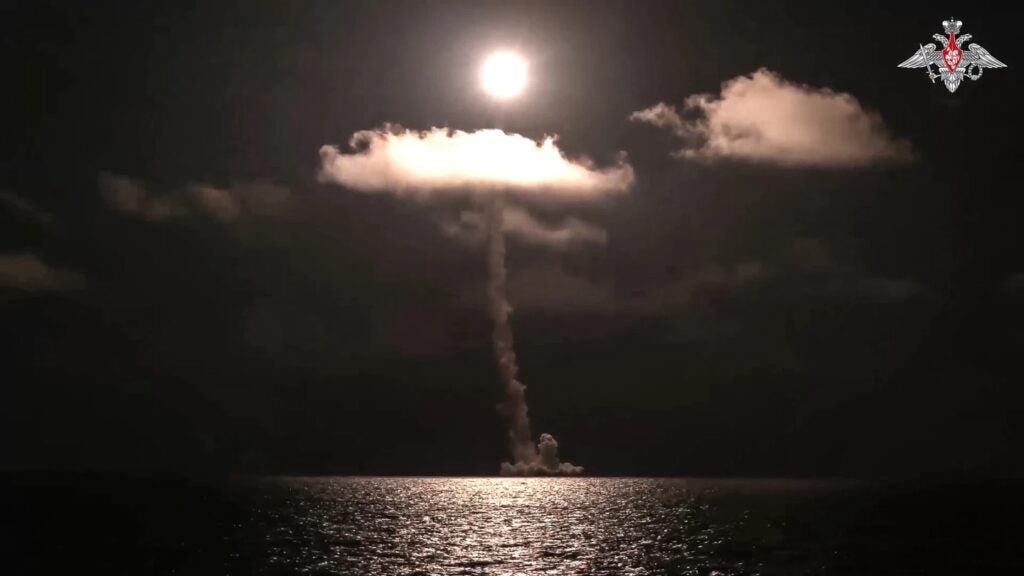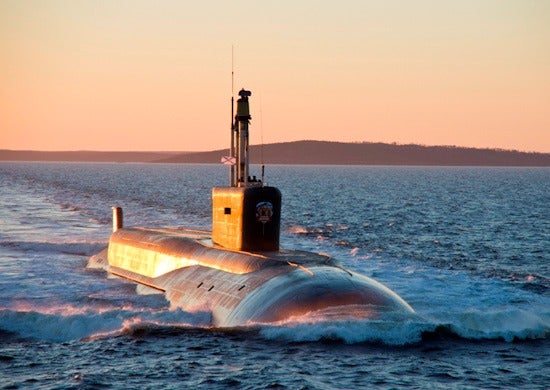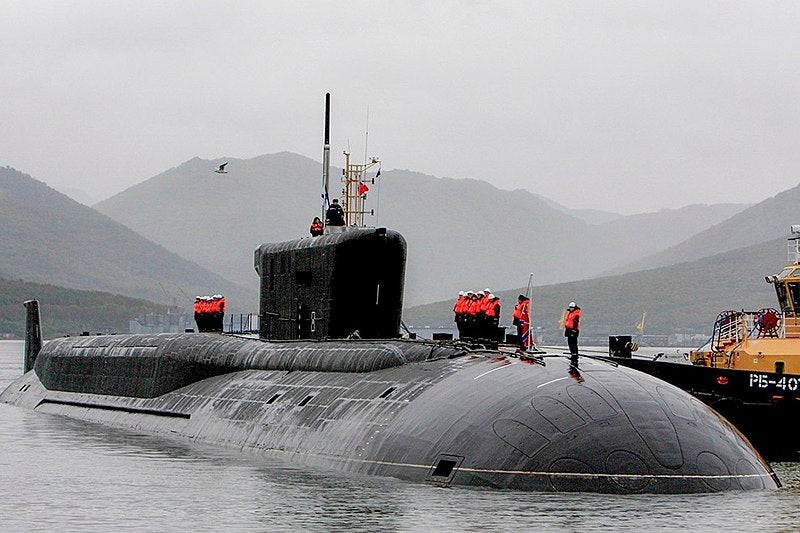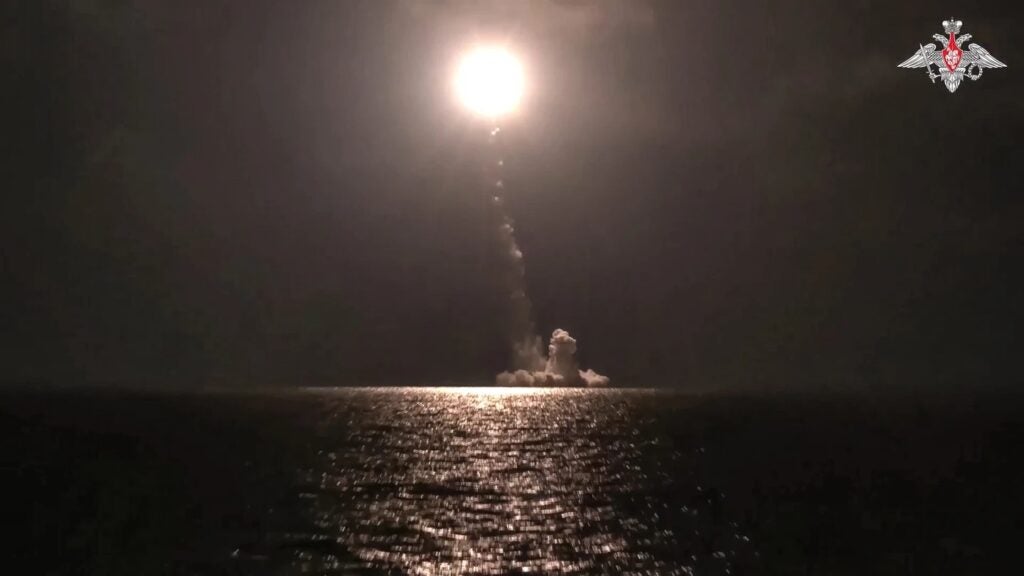Russian Nuclear Submarine ‘Emperor Alexander the Third’ Test Fires Bulava Ballistic Missile
As part of the final phase of the state test program, Russia’s new nuclear-powered strategic missile submarine cruiser “Emperor Alexander the Third” conducted a test launch of the Bulava sea-based intercontinental ballistic missile. The mission was carried out from the White Sea on the country’s northern coast to the Kura training range on the Kamchatka Peninsula. The Bulava intercontinental ballistic missile test, fired from an underwater position, was successful as the warhead reached the designated area at the planned time.

It is worth noting that the Bulava ballistic missile test was conducted after Russia withdrew from the Treaty on Conventional Armed Forces in Europe and canceled its ratification of the Comprehensive Nuclear Test Ban Treaty (CTBT).

Imperator Aleksandr III is Russia’s fourth nuclear-powered ballistic missile submarine (SSBN), built by JSC PO Sevmash shipyard as part of the Borei-A (Project 955A) project. The first three submarines of the project, Knyaz Vladimir, Knyaz Oleg, and Generalissimus Suvorov, joined the Russian Navy’s Northern and Pacific fleet forces in 2020, 2021, and 2022, respectively. The Imperator Aleksandr III submarine, which successfully completed the final phase of state tests with the launch of the Bulava ballistic missile, is expected to join the Russian fleet in 2024. In addition, the JSC PO Sevmash shipyard in Severodvinsk is currently constructing three more Borei-A class submarines for the Russian Navy.

Developed to replace Russia’s Soviet-era Typhoon and Delta III class submarines, the Borei-A class submarines are 170 meters long, 13.5 meters wide and have a draft of 10 meters. Despite its size, the submarine has a crew of 107 people. Borei-A class submarines have a displacement of 14,720 tons above water and 24,000 tons underwater and can cruise at up to 15 knots above water and 30 knots underwater. The submarine’s weapon systems include sixteen RSM-56 Bulava SLBM (Submarine Launched Ballistic Missiles), six 533 mm torpedoes, and RPK-2 Viyuga anti-ship/anti-submarine missiles. The RSM-56 Bulava (NATO code names: SS-NX-30 or SS-N-32) ballistic missiles stand out with a range of over 8,000 km and the capacity to carry ten nuclear warheads.

